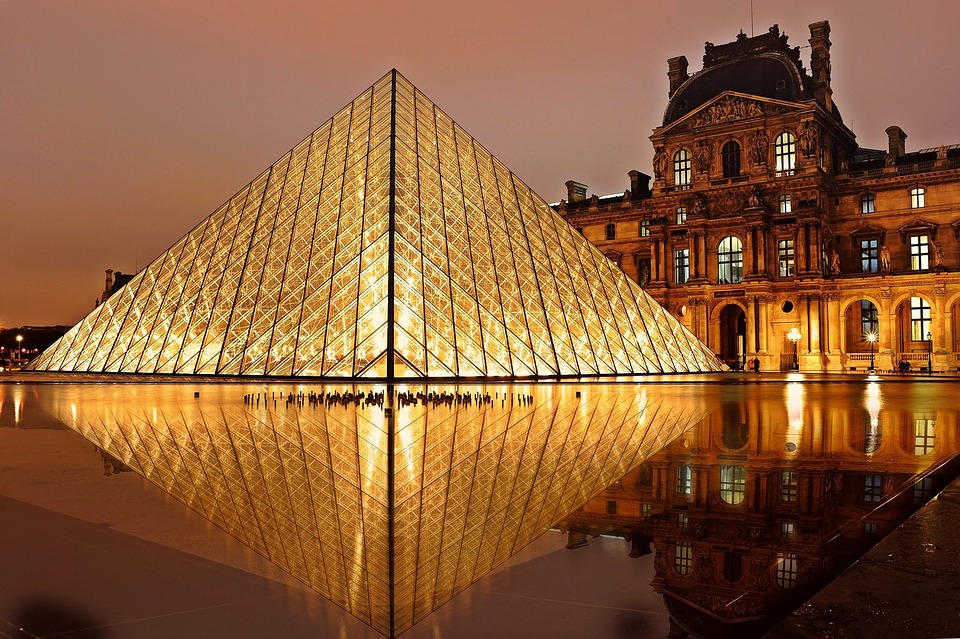A client of Tony Fretton’s practice recently remarked, in astonishment, about the thoroughness of their work, the attention to detail, exemplified by the time spent identifying the correct tap for a public washroom.
This consciousness of the minutiae, the awareness of the total experience of the building’s user, combined with an astute, is not austere, architectural brain, has gained Tony Fretton huge respect among his peers.
Established in 1982, surprisingly it has taken the Tony Fretton Practice over twenty years to break through into the establishment mainstream, winning the competition to design the new British Embassy in Poland earlier this year.
In his talk to Art & Architecture as part of Architecture Week 2003, Tony Fretton concentrated on his work with art spaces; most famously for the Lisson Gallery in London, but also for Artsway in Hampshire and Faith House in Dorset.
Fretton’s personal history as a performance artist, following several years working for large commercial architectural practices, has provided a key source in developing his approach to these projects, an understanding of how space operates, both as an artist and as a viewer.
His background, and the influence of conceptual artists such as Don Judd and Sol le Witt, has led to a generosity in his collaborations with artists, as demonstrated by the input of artist Mark Pilmott at Fretton’s House for an Art Collector in Chelsea, where Pilmott provided ‘the art as décor’. “Working with artists and curators has influenced all his work”, Fretton states.
Artists and Architects explore similar concerns. Architecture, Fretton suggests, is better when other voices are in it, though he quickly adds the rider that the architect “has to run faster than everyone else” to keep ahead.
Fretton identifies the tension between creating art spaces which “are evidently real, with character, whilst remaining open to interpretation” as a motivation of his work, referring to the Tate Modern as an exemplar. When adapting or enlarging existing buildings, the aim was to retain the magic, the specialness of the original (a reflection that highlights the lack of new-build in the provision of UK art spaces).
His work at Artsway in the New Forest, financed by an early lottery award when the Lottery was “doing really good things for the arts. Like pouring water on a desert, the slightest drop of water, the desert blooms”, he turned an artist’s studio into an art centre with a £300,000 grant, which, at the time, “seemed an enormity”.
At Artsway he wanted to achieve a building that had a dual message; a casual space for the artists to make and exhibit their work, and a building which had an ambiguity and openness to it. The car park, carved out of a field, doubles as a performance space as the external walls open out. “Small experiences of privacy” are contrasted with transparent public areas.

